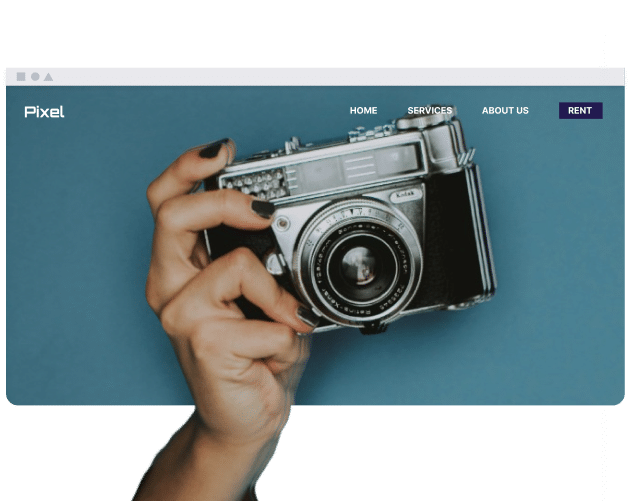Where can I find inspiration for motion UI design?
Websites like Dribbble, Behance, and Awwwards showcase designs from various artists around the world, giving insight into trending styles and approaches. These sites can serve as a reference for how animation is integrated in user interface design.
What are the benefits of using motion UI?
The outcomes from implementing motion UI influence the following elements:
- Intuitive interfaces: When designing interfaces, prioritizing intuitiveness, user-friendliness, and memorability can contribute to preventing interactions that are dull or forgettable. Engaged users are more likely to stick around and explore your product.
- Usability: User interfaces that are effortless to utilize and learn, which reduces the likelihood of user frustration.
- Brand perception: A consistent brand identity can potentially influence how customers perceive your company.
Example: Implementing a visually stimulating loading animation may offer a means of engagement for users during potential wait times, impacting user retention within your application.
What are some principles of good motion UI design?
Good motion UI design should adhere to principles of clarity, subtlety, consistency, and efficiency. Each animation should serve a specific purpose, which allows the user to engage correctly without performance-related distractions. Stick to these guidelines in order for your motion UI’s design to be effective and delightful since animations that are too bold or lack proper optimization can ruin the experience for users.
• Examine how your animations perform on various devices and browsers.
What tools can I use to create motion UI?
Commonly used tools include:
- Framer: This is a web-based program that allows animated construction and design for apps and websites.
- Principle for Mac: This is a simple option that allows for UI animation and is intended for less-skilled users.
- Adobe after effects: It is a popular animation creation software used by many professional animators.
Each tool varies in difficulty and sophistication to respond to the different backgrounds each creator may have.
Are there any downsides to using motion UI?
Pay special attention to the following aspects:
- Animation optimization: Optimizing animations is crucial for maintaining optimal performance, as suboptimal animations can hinder interface responsiveness.
- Accessibility concerns: Inaccessible animations can exclude users with disabilities; hence, for every animation you make, it is essential to check it across multiple devices to assure that virtually every person can enjoy and use your animation without worry.
- Distraction potential: It’s important to consider potential distraction caused by moving elements that might require the user’s attention.
What is the future of motion UI design?
Motion UI Design predictions include:
- The incorporation of 3D and immersive animation, among other media types.
- Sophisticated micro-interactions that are designed to subtly affect user behavior, influencing their choices and actions in a desired way.
- Integration with technologies like AR/VR.
Conclusion
Motion UI design utilizes animation within the user interface, aiming to impact its visual presentation and align with user-oriented principles. While motion has the potential to enhance user experience and provide useful responses, it’s crucial to use it appropriately. Always remember to give priority to the objective, elegance, and coherency when designing, and make sure to experiment with the multitude of methods and tools at hand. Involving a thoughtful user interface strategy combined with Motion UI’s diverse toolkit, user interfaces shift from static configurations to interactive and flexible interfaces depending on how the implementation works within your brand’s context.

